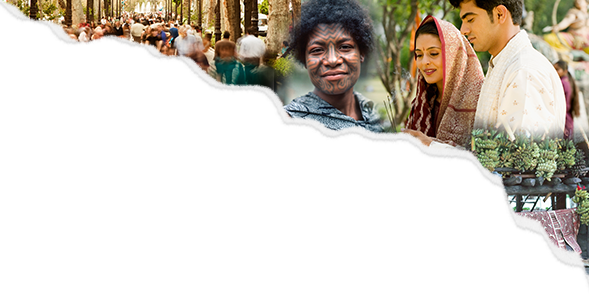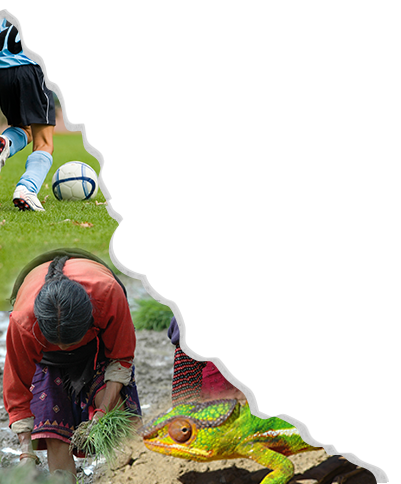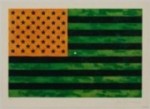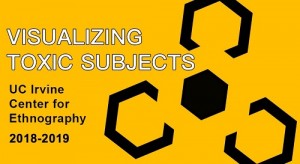Innovations in Anthropology Series
Welcome to the Innovations in Anthropology Series, a blog series devoted to profiling the teaching, production, and dissemination of anthropological knowledge. Whether it’s gamifying teaching, connecting a department to its local community, exploring multimodal methodologies, collaborating across disciplines and institutions, or highlighting the importance of ethnographic research with a variety of publics, these anthropologists and their collaborators are finding new ways to leverage the unique strengths of anthropological research and approaches. With contributions from Towson University, The Laboratory of Speculative Fiction, the Ethnography Lab at University of Toronto, the Centre for Ethnography at University of California Irvine and more, we invite you to join us as we tour these spaces of innovation in the coming months.
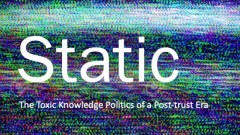 In this post, we learn more about the multimodal experimental ethnographic work taking place at the Center for Ethnography at University of California Irvine. A visualization program hosted at the Center is supplemented by a cross-disciplinary seminar series and integrated into courses with a visual toxicity design program that allows students to experiment with photo-essays, photo-jouranlism, cartoons, maps, and more. Together, they create room for a more informed discussion about the potential for visual ethnographic representation and production.
In this post, we learn more about the multimodal experimental ethnographic work taking place at the Center for Ethnography at University of California Irvine. A visualization program hosted at the Center is supplemented by a cross-disciplinary seminar series and integrated into courses with a visual toxicity design program that allows students to experiment with photo-essays, photo-jouranlism, cartoons, maps, and more. Together, they create room for a more informed discussion about the potential for visual ethnographic representation and production.
Kim Fortun and James Adams (with George Marcus)
Why and how do ethnographers use visual representations? What ethnographic work can different kinds of visualizations do? How are new media and visualization technologies both subjects and animators of contemporary ethnographic expression? How can new styles and uses of visualization in ethnography draw as much from the sciences as from the arts, visual anthropology, science and technology studies, and a broad range of critical theory? How might multimodal anthropologies have both digital and gallery-style instantiations?
University of California Irvine’s Center for Ethnography is hosting a set of projects revolving around these questions. The Center’s Visualization in Ethnography program includes a thematic seminar series, “Visualization Across Disciplines,” and a design project, Visualizing Toxic Subjects. In the former, participants consider how visualizations are used in different disciplinary domains. In a fall seminar, for example, UCI earth scientist Steve Davis explained how and why he produces visualizations for audiences, within the earth sciences and beyond (sometimes leading to a popular uptake in social and mainstream media). Some of Davis’s visualizations are representations, drawing out a complex of causal factors implicated in a particular outcome—like showing how climate change will impact the price of beer (which drew the attention of both radio and (comedy) news hosts). Davis also produces visualizations that are methodological arguments, conveying and arguing for a particular way of thinking about a particular phenomena—trade and climate emissions or the importance of increasing South-South trade, for example.

Notably, Davis wants his visuals to stand alone, arguing that one “shouldn’t have to read the paper to know what a figure says.” Good technique, for Davis, includes embedding labels in figures so that that they can travel without their captions. Increasingly, viewers expect to be able to download Davis’s data and visualizations so that they can manipulate them on their own. Davis situates his work in the legacy of Edmund Tufte and love for “beautiful evidence.”
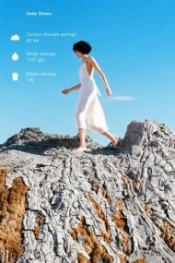
In the design project, Visualizing Toxic Subjects, participants are building photo essays made up of visualizations that in some way advance conceptualization of “toxicity” (environmental, political, communicative, etc.). The project will end with a published digital collection, gallery show, and Instagram story. Participants in Visualizing Toxic Subjects were encouraged to work with scientific visualizations, cartoons, photojournalism, advertisements, and maps made by activist organizations. They’ve also been encouraged to mash these visualizations up, setting them side-by-side or overlaying text or other signification. Captions (100-400 words, conceived as an experiment in short form ethnographic writing) read the image, running alongside to convey in words what the visualization says, pointing to differences in what words and visualizations can communicate. Participants’ design statements are a different kind of articulation, explaining how the visualization performs (for example, how social actors (chemists, here) conventionally represent something, how social actors push back against dominant representations, or how an ethnographer juxtaposes ideals and actualities).
The Visualization in Ethnography program and Visualizing Toxic Subjects project have many experimental dimensions. Collaborative work is technically supported by the Platform for Experimental, Collaborative Ethnography (PECE), which is itself an experiment with digital research infrastructure and textuality (see more on PECE here). The “Visualization Across Disciplines” seminar series stages ethnographic technique as a comparative venture. The Visualizing Toxic Subjects design project works experimentally through its parameters:
- contributions are presented as digital photo essays, built from visual artifacts with robust metadata;
- contributions consist of a delimited set of carefully selected visualizations, accompanied by short form ethnographic writing (that can stand alone or be embedded in longer form writing or other modes of ethnographic expression);
- both project participants (as internal reviewers) and external reviewers can comment at both the visualization/artifact level and on overall photo essays to address shared questions, experimenting with a new form of peer review;
- when ready for publication after multiple stages of review, the photo essays (about 20) in the collection will be published with persistent identifiers, presenting as something like an edited volume or special journal issue;
- the project will also be presented as a gallery show (May 31, 2019, in UCI’s Viewpoint Gallery) and an Instagram profile.
We are now enrolling online reviewers of the short photo essays produced for Visualizing Toxic Subjects. Contact us (James Adams, jradams1@uci.edu) if you would like to join the process!
From George Marcus, Founding Director of UCI’s Center for Ethnography
From its inception, the Center for Ethnography has been interested in understanding individual research projects of participant observation as collaborative forms in all their phases, including the production of ethnography itself. Visualizing Toxic Subjects, the core activity sponsored by the Center in 2018-19, is a major experiment for us in this refiguring of ethnographic production and representation. These sustained experiments work, I believe, toward disciplined, critical knowledge that the best ethnography has produced.
Rather than surprise (which is what all ethnographers hope for in their individual fieldwork inquiries), the booming, buzzing, studio/workshop atmosphere of collective work that comprises the platform-based Visualizing Toxic Subjects project— encourages, instead, the emotion of suspense. Will the rich surplus of knowledge all come together in time-constrained, image-based, collaborative thinking? What forms of representation will be required? What forms will be created? How will the process resolve itself into layered, comparative knowledge forms? Will the ethnographically informed production and construction of images deliver, fall short of, or exceed, the insights of writing? What sorts of responses will the collaborative image-making of an elusive but deeply penetrating subject like toxicity elicit? As we know more conceptually, how much more can we know through seeing? What goes on at the boundaries of, and beyond, the inventions of vision of this inquiry? One can participate by observing the observers at every stage. Stay attuned.
